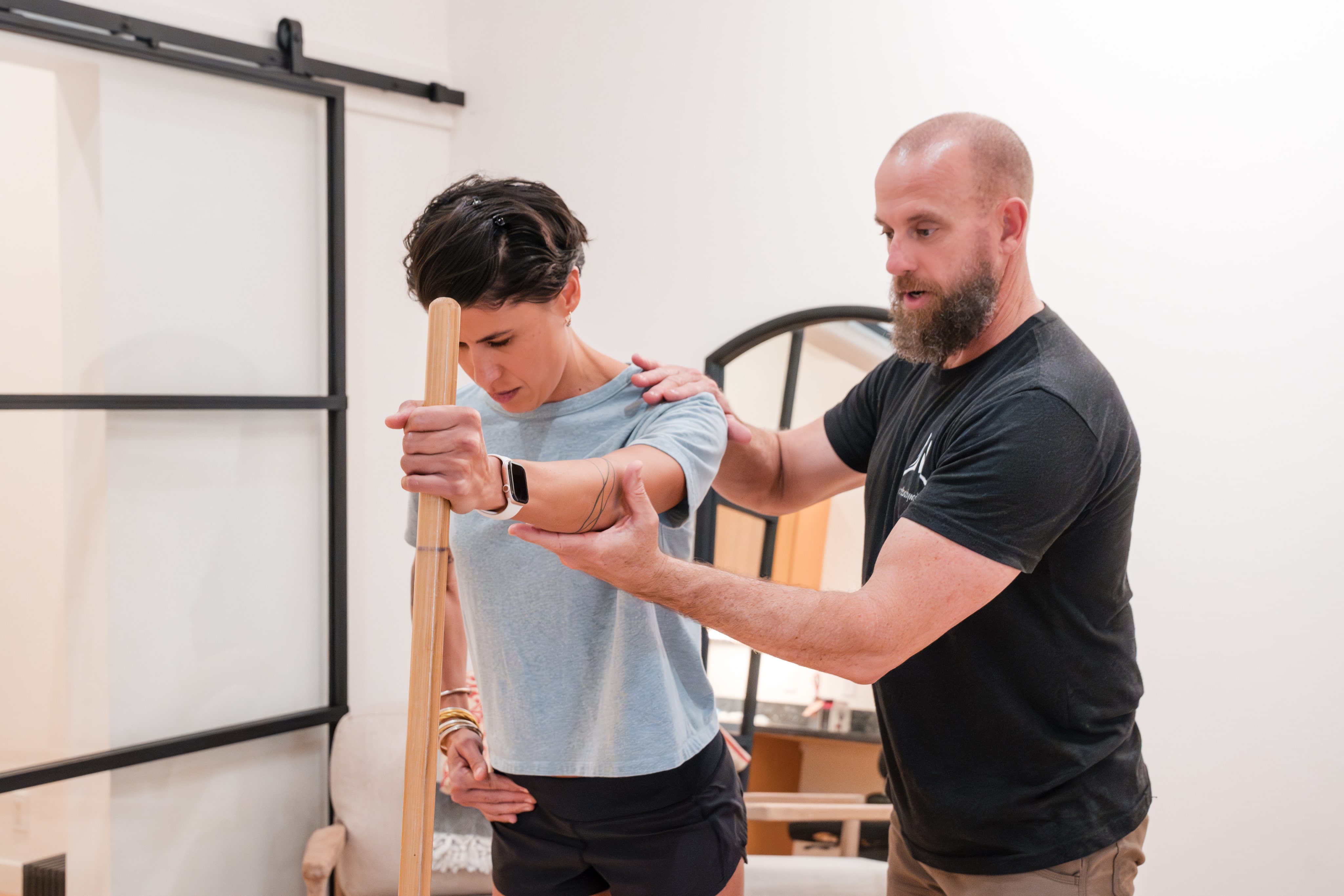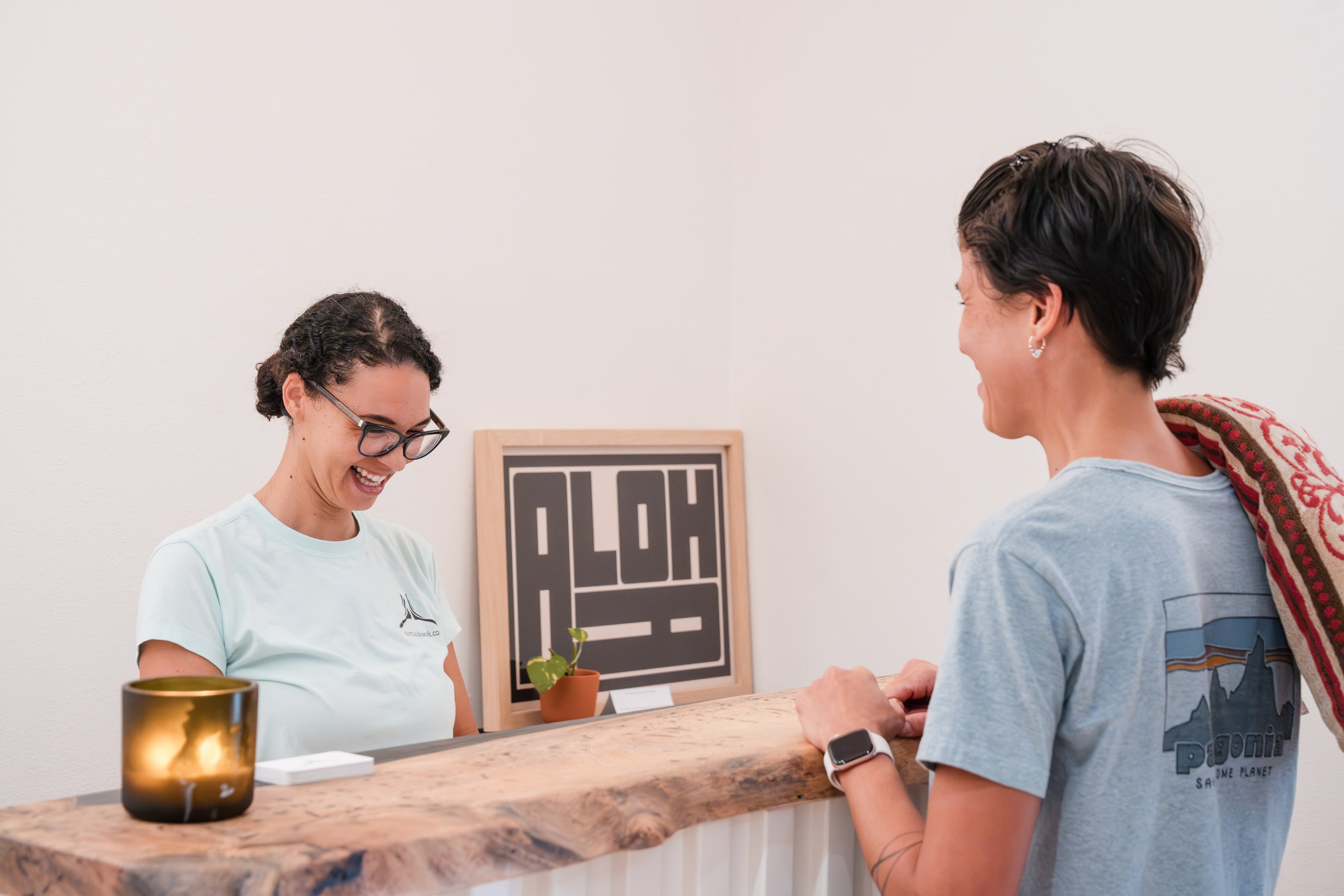You’ve worked hard to become an expert in your field—and you expect the same level of expertise from the people who work on your body. Whether you’re a high-level athlete or just a high achiever in life, you’re not here for band-aid treatments. You want results.
You ask questions. You want to understand what’s going on. You’ve tried the weekly chiropractor visits, maybe even a few rounds of physical or massage therapy—but something still doesn’t feel quite right. You’re not looking for a spa day. You’re looking for solutions.
You’re not broken. You just haven’t been given the right tools. At Sportbodywork, we specialize in getting high-performing humans out of muscle and joint pain and back in motion—even if you’ve tried everything else.
We combine cutting-edge manual therapy we developed with effective movement and re-education so you can stop managing symptoms and start reclaiming your health.
start here

.svg)







.svg)

